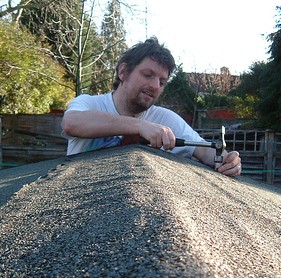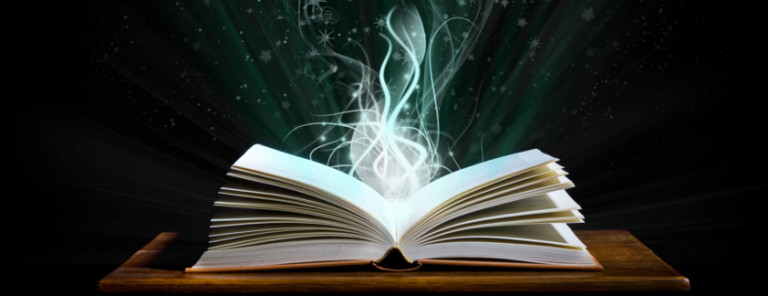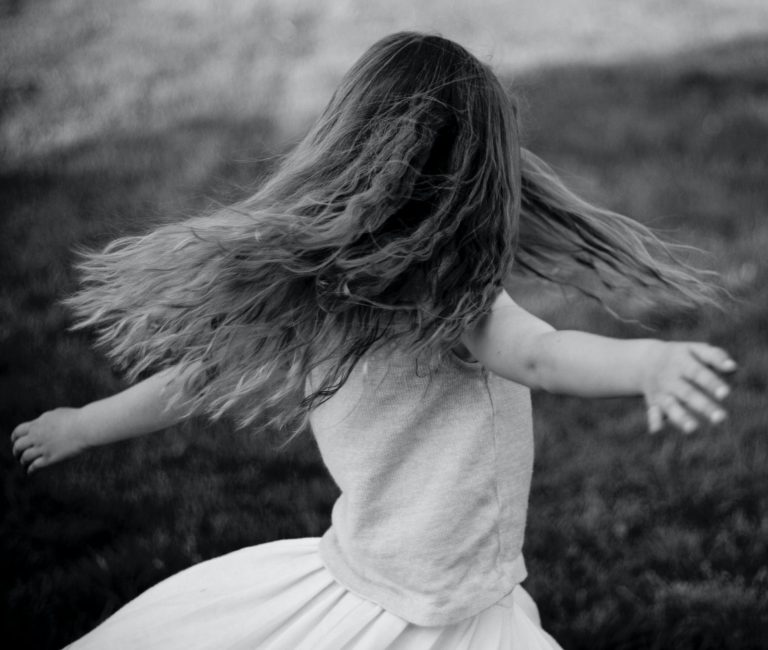The 5 Key Turning Points in Your Novel
Last week we took a look at the first of five key turning points novelists need to establish in their story. I’m going to be giving you the first layer of my 10-20-30 Scene Builder concept, and these first ten scenes are the foundation and sheer walls of your story.
If you frame up your story first with these ten scenes, you can add the next ten, and the next, building layers and filling in cracks.
Is the Jar Full Yet?
Have you ever seen anyone fill a jar with rocks and ask, “Is the jar full now?” Teachers love to do this with their young students. The students say yes, it’s full, but then the teacher pours in pebbles, which fill in the spaces between the rocks. “Is it full yet?” the teacher asks.
And so it goes. After the pebbles, sand is poured in, to fill the tiniest spaces yet. But the jar isn’t full! The last element added is water. And once water somehow finds space and fills to the brim, the jar is now declared full.
Think about your novel that way. If you put in sand first, there won’t be room for the big rocks. And if you put in water before the sand, the water is going to be forced out and will overflow the brim once the sand goes in.
These first ten scenes are the big rocks. If you make them the right size, all ten will fit perfectly into your jar. The next ten scenes comprise the small pebbles. And the next ten . . . well, you get it.
Put too many useless scenes in your novel and the story will spill over the edges to the floor and ruin your nice new wood flooring. Put in all the cool minor scenes first (pebbles) and you might not have room for the rocks.
So let’s get back to the rocks.
We looked at the first key turning point—the inciting incident or opportunity, which comes at about the ten percent mark of your novel. I bet you can guess what the next turning point is.
Turning Point #2
Right. It’s the point where the protagonist’s goal for the book gets locked in. This involves a visible end point. A finish line. Not something nebulous like “Debby goes after love.” It’s more like “Debby sets out to win John’s love by winning the state chess competition.”
Every story is about someone with some passion going after a specific goal. Why? Because the character has a core need (see last week’s post). That core need is the inner motivation that presses Debby to pursuing her goal—to winning that chess match.
Your unique story concept is all about showing how your character goes after her goal amid opposition and high stakes. See, Sally wants to win John’s love too and she’s a better chess player, and the chess competition has a thousand-dollar entry fee, which Debby somehow must raise. So she decides to breed rare hamsters to make bank before time runs out. Or whatever.
So what happens at this turning point? Something has to happen that pushes that new desire created at the inciting incident in the direction of a specific goal. Thelma and Louise, in the inciting incident, feel the need to leave town and go on an adventure, get away from their boring or oppressive life situations. At turning point #2, they leave town.
In this stage of the novel up to the midpoint, the character is off on a course to get her goal. It’s progress and setbacks. It’s discovering opposition (pinch point #1).
So now we have:
Turning point #1 – 10% mark (roughly): inciting incident.
Turning point #2 – 25% mark (roughly): visible goal established for the novel.
Turning Point # 3 takes place at the 50% mark or midpoint. Yes, it’s the midpoint. We looked at that. The midpoint is the full “door of no return.” The character is committed; he’s all-in. He’s gotten a peek of what he’s facing in the way of opposition. It doesn’t mean he won’t slip back, fail, briefly change his mind, have regrets. A good story will have all that.
Turning Point #4 comes at the 75% mark. This is the dark moment before the climax. The last push amid the biggest obstacles and challenges. It’s the point when the character wants to quit, feels a failure, loses all support, loses his faith, slides back into whatever previous persona gave him false shelter all these years. In other words, things look hopeless or impossible.
This fourth turning point ushers in the final push for the story in which the character has to buck up, rebound from retreat or setback or loss or failure, and draw on every resource and ounce of determination to stay the course.
Of course, every novel is going to vary in degrees regarding this turning point. But the stronger this “dark night of the soul” moment, the more powerful the story.
Turning Point #5 is another obvious one, but, surprisingly, a whole lot of novels fall way short here. And that’s the big climax. This is the moment when the protagonist either reaches or fails to reach his goal. This is the point in the story when all the internal and external conflict crash head-on and the answer to the two MDQs is revealed.
What’s an MDQ, you ask? Read this post, and this one. If you’ve structured your story correctly, you’ve presented the two questions (major dramatic query) for the hero: one that speaks to the visible goal and one to the spiritual goal.
That’s the five turning points for your story. Next week, I’ll lay out all ten of the first layer—the rocks in the jar.
Share one of your key turning points in the comments!












Great post, Susanne! I love the way you look at the structure process.
Another function of the 3rd Turning Point–the mid point–is that it marks the transition between the protagonist using the “usual ways” to solve the problem and venturing into other ways to get to the bottom of the story question. Here protagonists learn something that let’s them know that the old stuff will no longer work and they must move from more passive attempts to solve the issue into more active and aggressive ones. Of course this leads to the darkest hour and the climax.
Good post.
Thanks.
DP Lyle
Thanks, DP. Spot on! In my novel Conundrum, when Lisa realizes she is now at war with her mother, her eyes are opened and the strategy drastically changes. She knows she can no longer try to pursuade and beg or impress her mother. She has to fight her with everything she’s got.
In ‘Wolfgang,’ the werewolf erotic horror novel I’m almost finished, Renate, Wolfgang’s lover, rightly suspects that he is a werewolf (which makes him infinitely more attractive to her, for reasons you’d have to read my novel to find out). She is determined to find the evidence and then confront him with it.
My heroine traveled back in time (#1) and eventually decides she was sent there to save the hero from the fate she’d read about so she has to stay (#2), but in turning point #4 she realizes SHE is the one putting him in danger and she’s going to have to go home if she can, without telling him why and without saying goodbye because he’d try to talk her out of it. They have, of course, fallen in love by this point.
Love that. I’m a big fan of time paradox stories. Sounds like the turning points are right in place.
Excellent tips here for writers about novel set-up. Thank you so much! I’ve shared generously.
Hi, I’ve sent you a editing request for my book and I’m checking to see if you have received it.
Thank you
Elizabeth
Great stuff. I’ve been puzzling over the shape of my story, which I thought might need to be two books, but now I think I’ve found my crucial turning points 4 and 5, which tells me the story can be single-book-shaped after all. Thanks!
I’m using your 30 scene plot for a new series that I’m starting to write in my retirement.
Thanks for providing this framework. As a concrete-sequential learner it has been a godsend to me.
That said, in your 30 scenes tou do not mention Turning Point 2? Or if you do, I can’t identify it.
As background only , here, my series involves an ongoing detective series with a romantic subplot and then another subplot that is the precursor/ introduction to the next book in the series.
Do I create Turning Point 2 as something like my detective holding a strategy meeting with his team to allocate investigation tasks?
Or are there orher alternatives?
Or is Plot Point 22 in your 30 scenes actually Turn Point 2?
Thanks
As I mention in Layer Your Novel and in my online course at cslakin.teachable come (The 10 Key Scenes That Frame Up Your Novel), the second turning point may not be one scene. It’s a marker, a point in the story when the goal gets fixed for the protagonist. Your protaognist will be going after a goal all the way up through the climax. And while it may be in a detective story that the goal is set at the opening with a dead body and a killer to be found, there should be some development that moves that detective in a specific direction at the second turning point. Some important lead or clue or development.